Home>Furniture & Design>Interior Design Trends>How To Throw Out Broken Glass
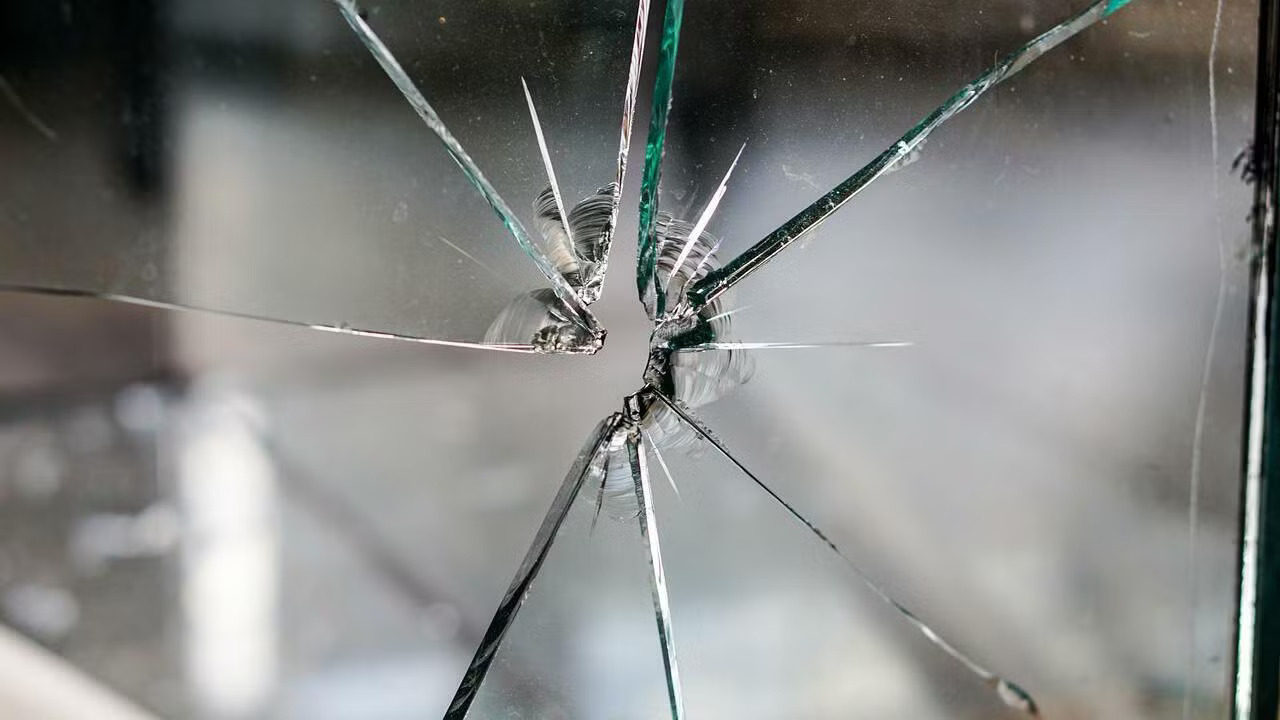

Interior Design Trends
How To Throw Out Broken Glass
Modified: February 18, 2024
Learn how to safely dispose of broken glass and stay up-to-date with the latest interior design trends. Find expert tips and advice here.
(Many of the links in this article redirect to a specific reviewed product. Your purchase of these products through affiliate links helps to generate commission for Storables.com, at no extra cost. Learn more)
Safety Precautions
When dealing with broken glass, safety should be the top priority. The sharp edges of shattered glass can cause serious injuries if not handled with care. Before starting the cleanup process, it's crucial to take the necessary safety precautions to protect yourself and others from potential harm.
-
Wear Protective Gear: Before approaching the broken glass, put on sturdy gloves to shield your hands from cuts and punctures. Additionally, consider wearing closed-toe shoes to prevent any glass shards from piercing your feet.
-
Secure the Area: If the broken glass is in a high-traffic zone, cordon off the area to prevent accidental contact. Use warning signs or barriers to alert others about the hazard and ensure that children and pets are kept away from the vicinity.
-
Use a Broom and Dustpan: Instead of picking up the glass fragments with your hands, opt for a broom and dustpan to sweep up the larger pieces. This minimizes direct contact with the sharp edges and reduces the risk of injury.
-
Employ a Vacuum Cleaner with Caution: If you choose to use a vacuum cleaner to collect smaller glass particles, exercise caution. Ensure that the vacuum is equipped with a high-efficiency particulate air (HEPA) filter to trap fine glass dust and prevent it from being released back into the air.
-
Dispose of Broken Glass Safely: Place the collected glass shards in a puncture-resistant container, such as a sturdy cardboard box or a plastic container, and seal it securely with tape. Label the container as "Broken Glass" to alert waste management personnel about its contents.
-
Handle Glassware Carefully: When handling broken glassware, such as shattered dishes or glasses, avoid grabbing the sharp edges directly. Instead, hold the item by its unbroken sections or use tongs to pick up the pieces.
-
Inspect the Area Thoroughly: After the visible glass has been removed, carefully inspect the surrounding area for any tiny glass fragments or splinters. Use a flashlight to illuminate the space and ensure that no glass remnants are left behind.
By adhering to these safety precautions, you can minimize the risk of accidents and injuries while dealing with broken glass. Prioritizing safety not only protects yourself but also promotes a secure environment for everyone involved in the cleanup process.
Key Takeaways:
- Prioritize safety by wearing gloves, securing the area, and using tools like brooms and dustpans to gather broken glass. Dispose of it in puncture-resistant containers and handle glassware with care.
- After gathering broken glass, dispose of it responsibly through waste management services, secure packaging, or professional disposal. Thoroughly clean the area, including fabrics, and inspect for any remaining glass particles.
Read more: How To Throw Away Broken Glass
Gathering the Broken Glass
Gathering the broken glass is a critical step in the cleanup process, and it requires careful attention to detail and safety. When dealing with shattered glass, it's essential to approach the task methodically to ensure that all fragments are effectively collected and removed. Here's how to gather the broken glass effectively:
-
Assess the Area: Begin by surveying the extent of the glass breakage. Take note of the size of the glass pieces and any potential hazards, such as sharp shards scattered across the floor. This initial assessment will help you determine the best approach for gathering the broken glass without compromising safety.
-
Prepare the Tools: Before initiating the collection process, gather the necessary tools for handling broken glass. Equip yourself with a sturdy pair of gloves to protect your hands from sharp edges. Additionally, have a broom and dustpan or a roll of masking tape on hand to aid in the collection of both large and small glass fragments.
-
Start with Larger Pieces: Using the broom and dustpan, carefully sweep up the larger pieces of broken glass. Exercise caution to avoid dispersing the shards further as you gather them. Slow and deliberate movements will help ensure that the larger fragments are contained and collected efficiently.
-
Address Small Glass Particles: After removing the larger pieces, focus on the smaller glass particles that may be scattered across the area. To capture these tiny fragments effectively, use a piece of soft bread or a sticky tape roll to dab and lift the minuscule glass shards. This meticulous approach helps prevent the small particles from being overlooked during the cleanup process.
-
Utilize Masking Tape: In cases where small glass particles are challenging to spot, gently press a piece of masking tape onto the affected surface to pick up any remaining fragments. The adhesive nature of the tape effectively captures the tiny glass particles, aiding in thorough cleanup.
-
Inspect Hidden Areas: Pay close attention to potential hiding spots for glass fragments, such as cracks in the flooring or gaps between tiles. Use a flashlight to illuminate these areas and ensure that no glass remnants are overlooked. Thoroughly inspecting hidden spaces is crucial for a comprehensive cleanup.
-
Dispose of Collected Glass: Once all the glass fragments have been gathered, carefully transfer them to a puncture-resistant container, such as a sturdy cardboard box or a plastic container. Seal the container securely with tape and label it as "Broken Glass" to alert waste management personnel about its contents.
By following these steps, you can effectively gather the broken glass while prioritizing safety and thoroughness. This meticulous approach minimizes the risk of leaving behind hazardous glass fragments and contributes to a successful cleanup process.
Always wear gloves and use a broom and dustpan to carefully sweep up the broken glass. Then, dispose of it in a puncture-resistant container, such as a cardboard box or plastic container, and label it as broken glass for safety.
Disposal Options
Proper disposal of broken glass is essential to ensure the safety of both the individuals involved in the cleanup process and the environment. Once the broken glass has been gathered and contained, it's crucial to consider the most appropriate disposal options. Here are several effective methods for disposing of broken glass responsibly:
-
Local Waste Management Services: Contact your local waste management or recycling center to inquire about their procedures for disposing of broken glass. Many municipalities provide specific guidelines for handling glass waste to prevent injuries to waste management personnel and minimize the risk of glass contamination in landfills. Some areas offer designated drop-off locations for hazardous materials, including broken glass, where it can be safely deposited for proper disposal.
-
Secure Packaging: Prior to disposal, it's imperative to securely package the collected glass shards to prevent any potential hazards during transportation and handling. Place the glass fragments in a puncture-resistant container, such as a thick cardboard box or a plastic container, and seal it tightly with heavy-duty tape. Clearly label the container as "Broken Glass" to alert waste management personnel about its contents and ensure proper handling.
-
Professional Waste Disposal Services: In cases where the volume of broken glass is substantial or the cleanup process involves industrial or commercial settings, engaging professional waste disposal services may be the most suitable option. These specialized services have the expertise and equipment to safely collect and dispose of broken glass in compliance with environmental regulations and safety standards.
-
Recycling Facilities: Depending on the type of glass and local recycling capabilities, certain glass fragments may be eligible for recycling. Clear glass, such as from bottles or jars, can often be recycled, contributing to environmental sustainability. Contact local recycling facilities to inquire about their acceptance of broken glass for recycling purposes and adhere to their specific guidelines for preparation and drop-off.
-
Community Cleanup Events: Some communities organize periodic cleanup events or hazardous waste collection days, providing an opportunity for residents to safely dispose of various types of hazardous materials, including broken glass. Participating in these events can ensure that the broken glass is handled and disposed of in a manner that aligns with environmental regulations and safety protocols.
By considering these disposal options and adhering to the recommended safety measures, individuals can effectively and responsibly dispose of broken glass, contributing to a safer environment and community well-being. Prioritizing proper disposal methods not only mitigates potential risks associated with broken glass but also promotes environmental consciousness and sustainable waste management practices.
Cleaning Up the Area
Cleaning up the area after gathering the broken glass is a crucial final step in the cleanup process. It involves thorough sanitation and inspection to ensure that the affected space is safe and free from any residual glass particles. Here's a detailed guide on effectively cleaning up the area:
-
Sanitizing the Surface: Begin by sanitizing the surface where the broken glass was located. Use a disinfectant spray or a mixture of water and household disinfectant to thoroughly clean the area. Pay close attention to any potential glass dust or residue that may have settled on surfaces such as countertops, floors, or furniture.
-
Vacuuming and Mopping: Employ a vacuum cleaner with a HEPA filter to carefully vacuum the entire area where the broken glass was present. This helps capture any remaining glass particles and ensures a comprehensive cleanup. Follow up with mopping the area using a damp cloth or mop to further remove any lingering debris.
-
Inspecting Nooks and Crannies: Take the time to inspect all nooks and crannies in the vicinity of the broken glass. Check areas such as baseboards, corners, and crevices where tiny glass particles may have settled. Utilize a flashlight to illuminate these spaces and ensure that no glass remnants are overlooked.
-
Washing Fabrics and Textiles: If the broken glass incident involved any textiles or fabrics, such as curtains, rugs, or upholstery, it's essential to wash or vacuum them thoroughly. Use a lint roller or vacuum cleaner with an upholstery attachment to remove any glass fragments from these items. Launder washable fabrics according to the manufacturer's instructions to eliminate any glass residue.
-
Disposing of Cleaning Materials: After completing the cleanup process, dispose of any cleaning materials, such as cloths or mop heads used during the sanitation, in a sealed plastic bag. This prevents the potential spread of glass particles and ensures safe disposal of any contaminated materials.
-
Final Inspection: Once the area has been sanitized and cleaned, perform a final inspection to confirm that no glass remnants remain. Run your fingers gently across surfaces to detect any stray glass particles and visually inspect the area from different angles to ensure thoroughness.
By following these detailed steps for cleaning up the area, individuals can effectively restore the space to a safe and hazard-free condition. Prioritizing meticulous cleaning and inspection not only promotes safety but also provides peace of mind, knowing that the area is free from any lingering glass hazards.
Frequently Asked Questions about How To Throw Out Broken Glass
Was this page helpful?
At Storables.com, we guarantee accurate and reliable information. Our content, validated by Expert Board Contributors, is crafted following stringent Editorial Policies. We're committed to providing you with well-researched, expert-backed insights for all your informational needs.
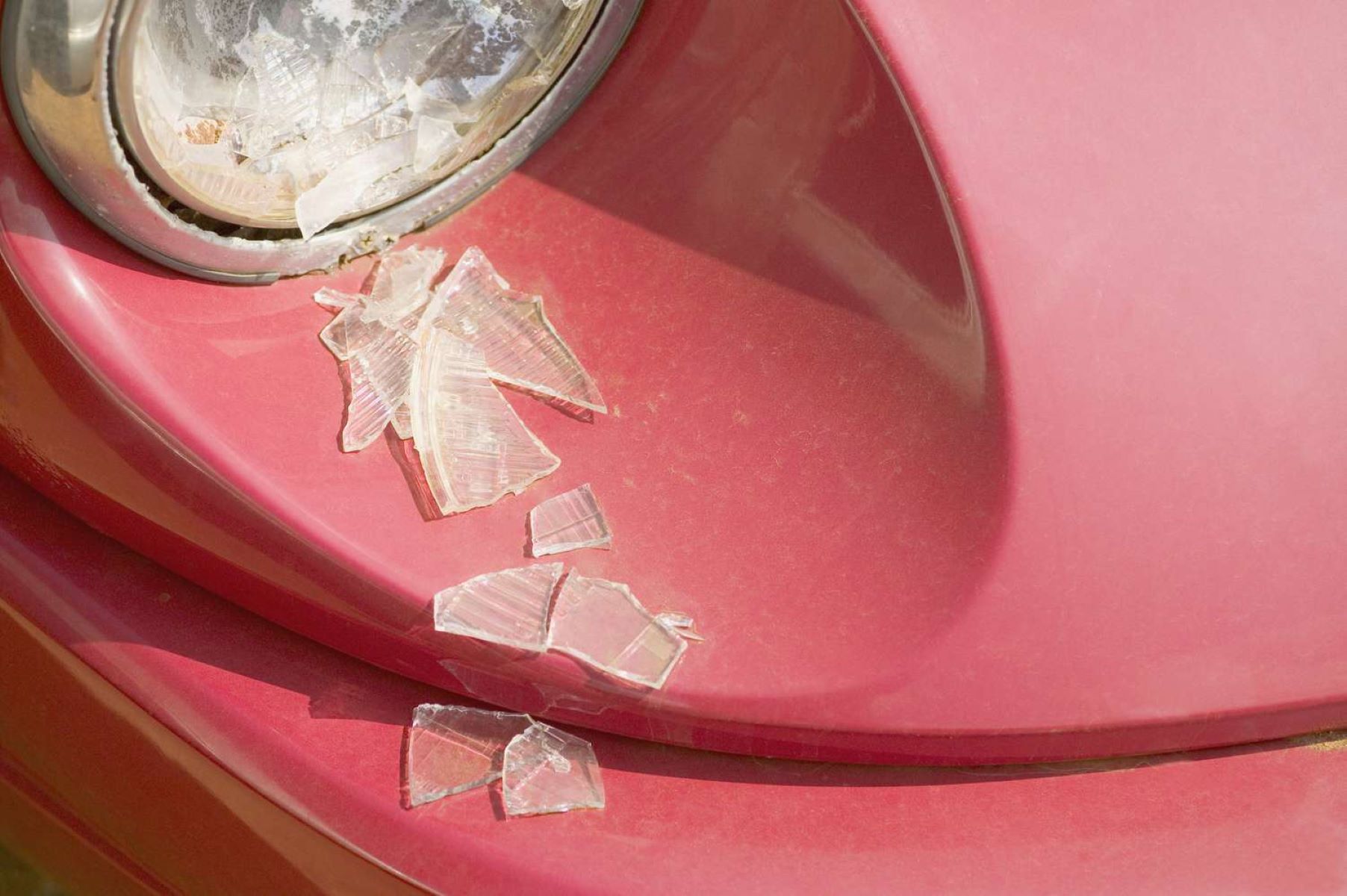
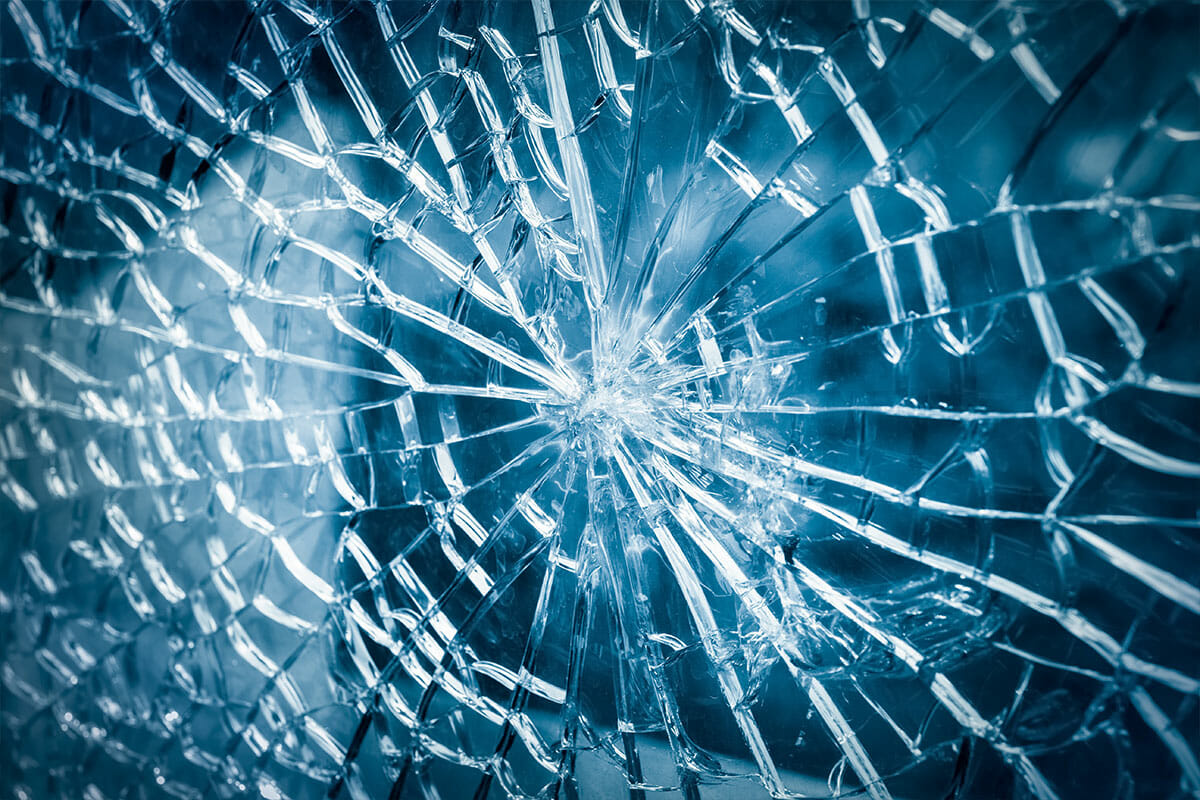
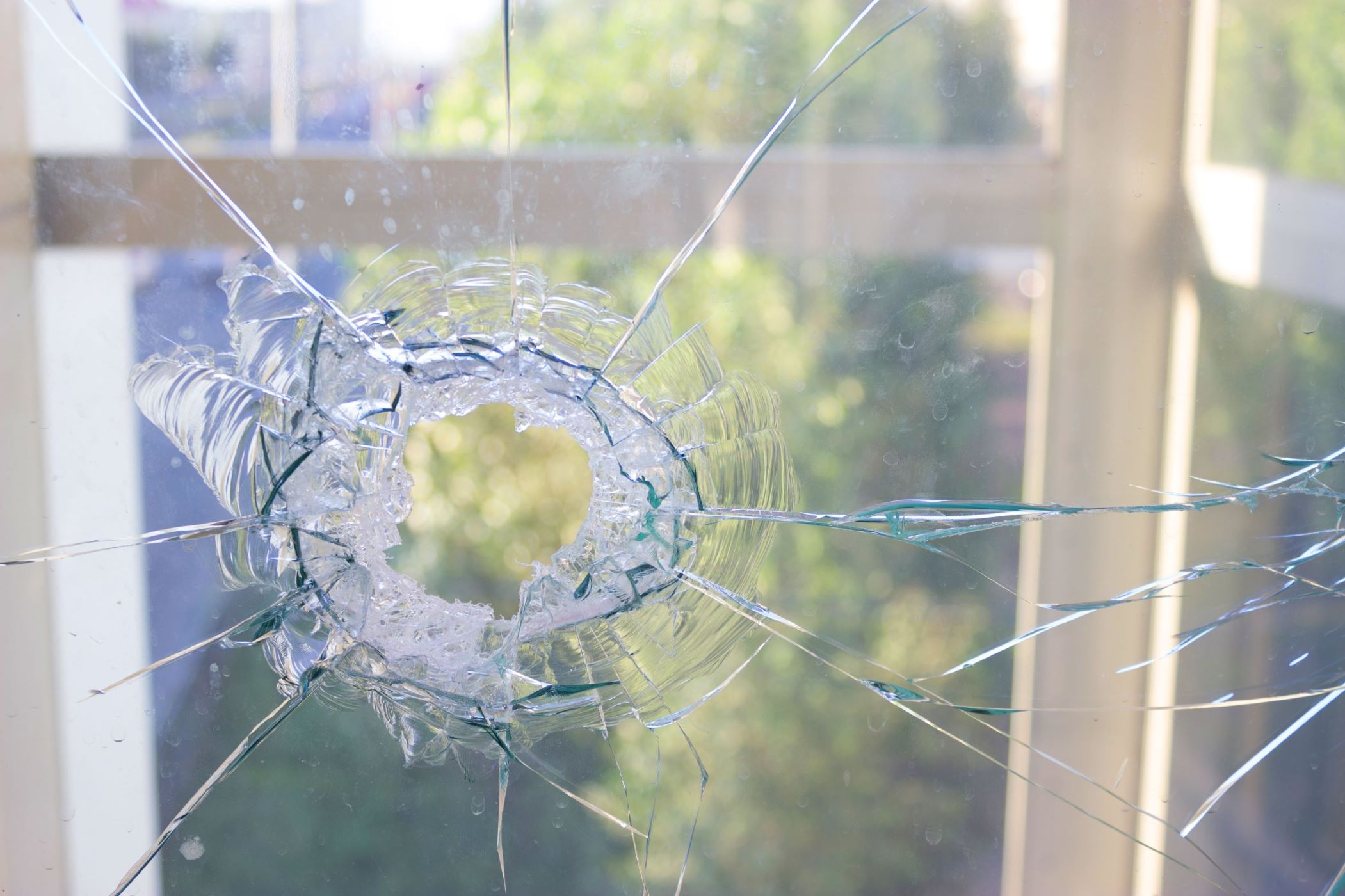

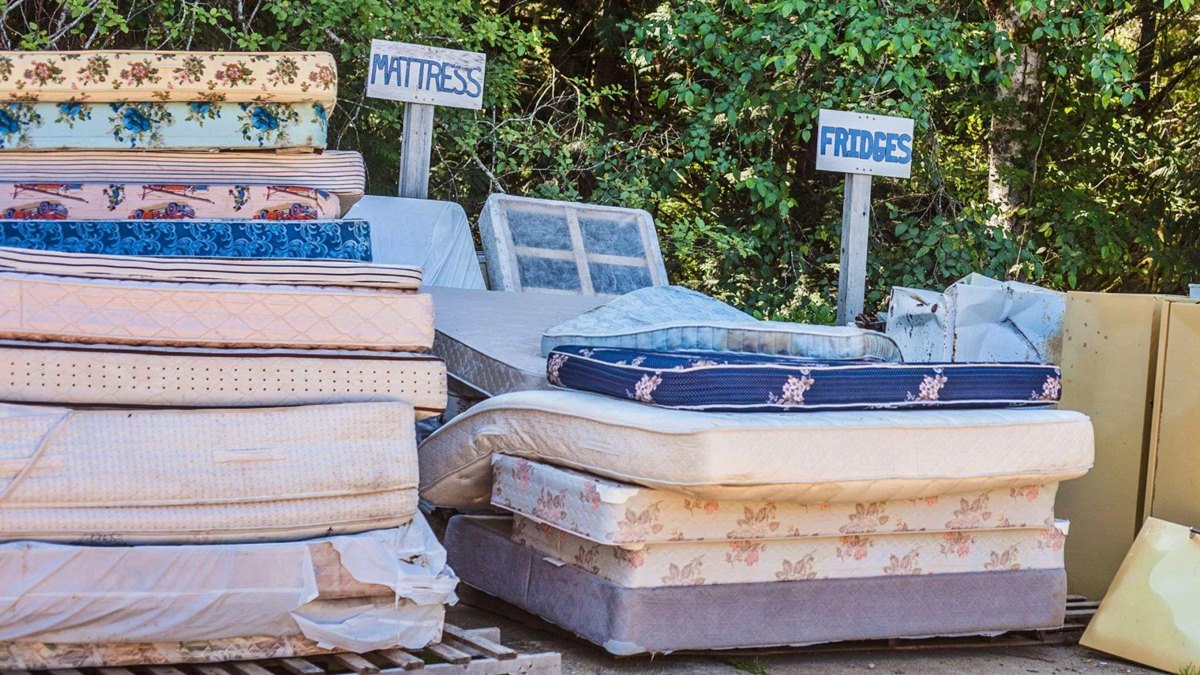
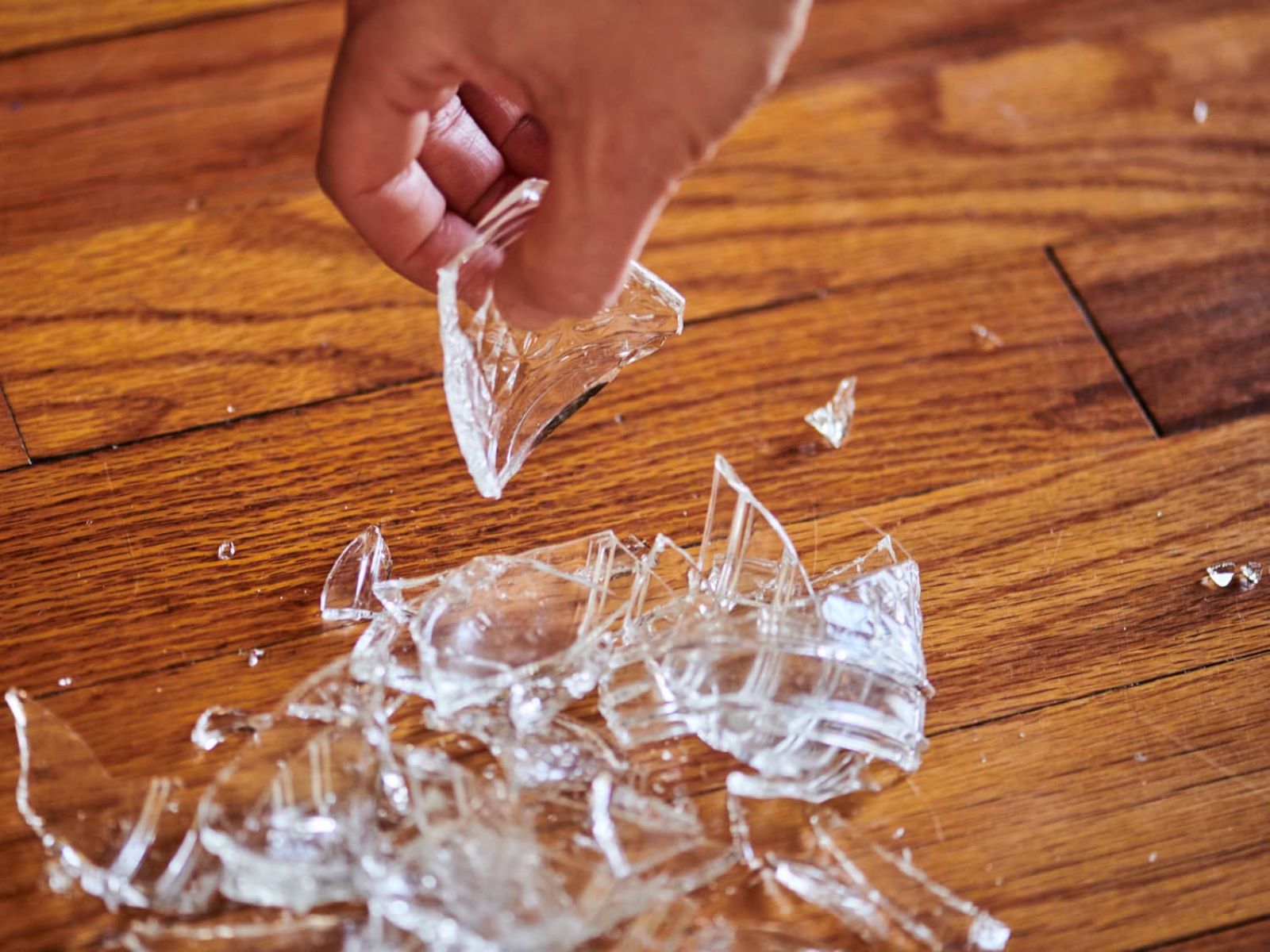
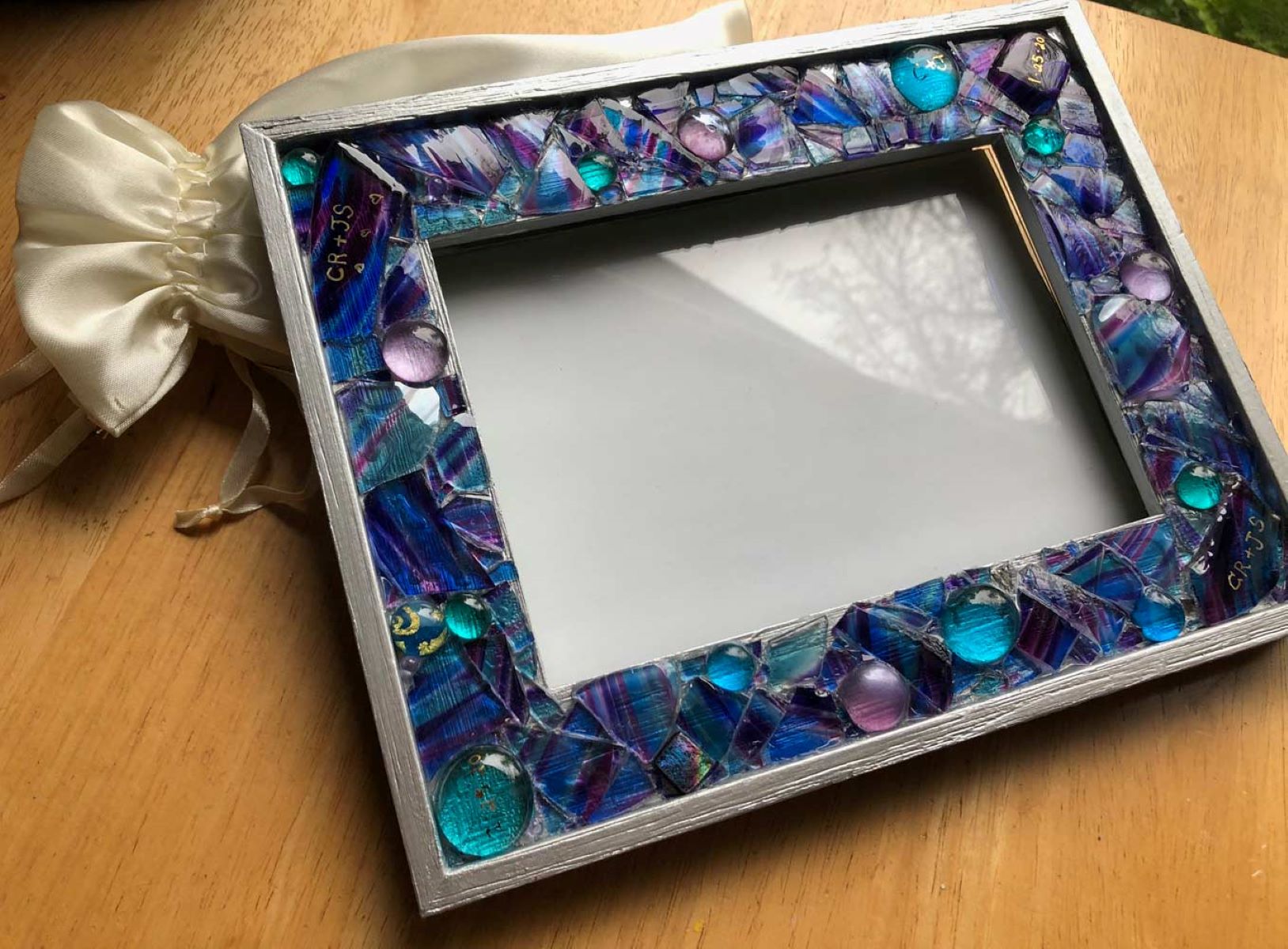
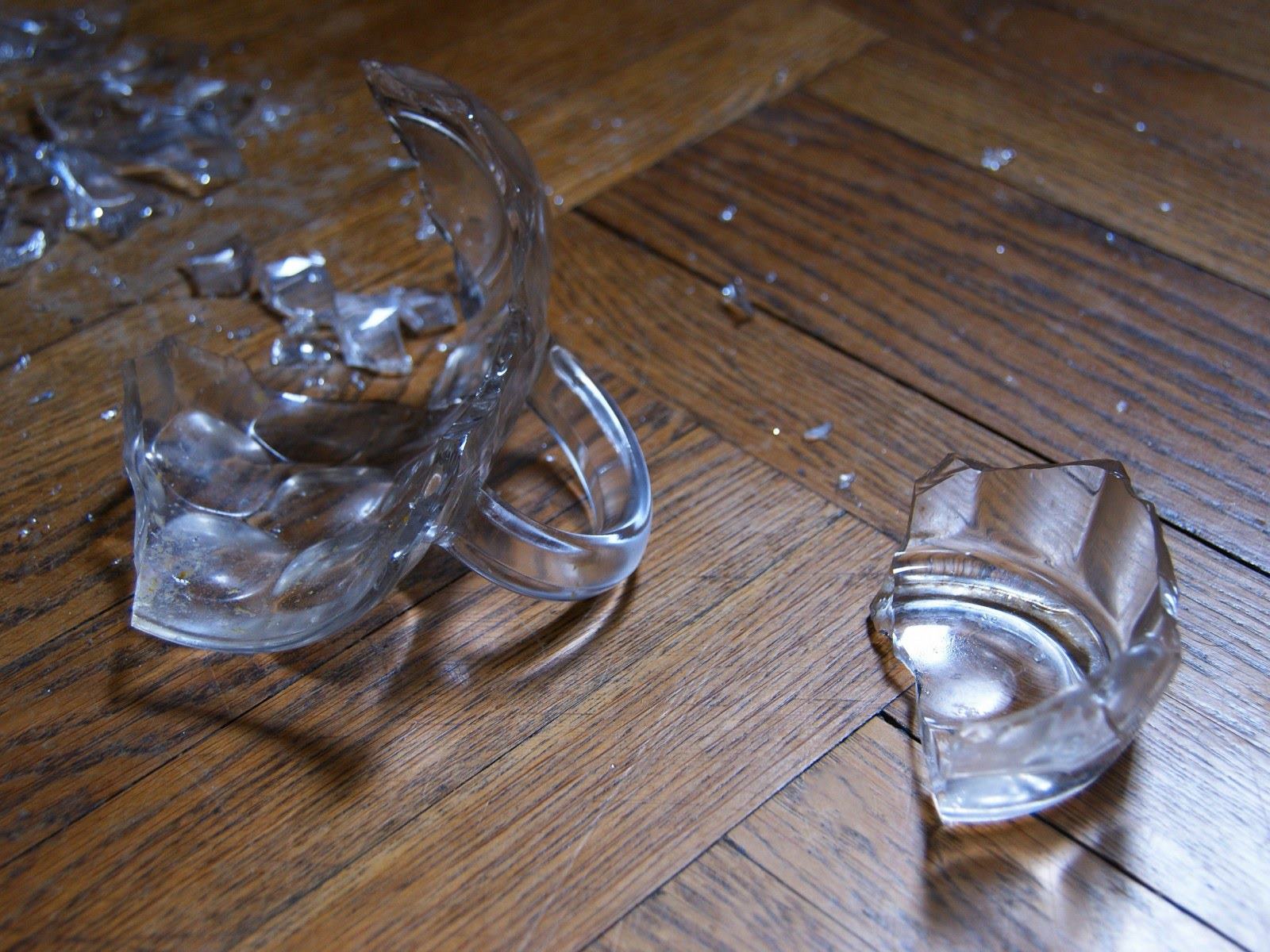
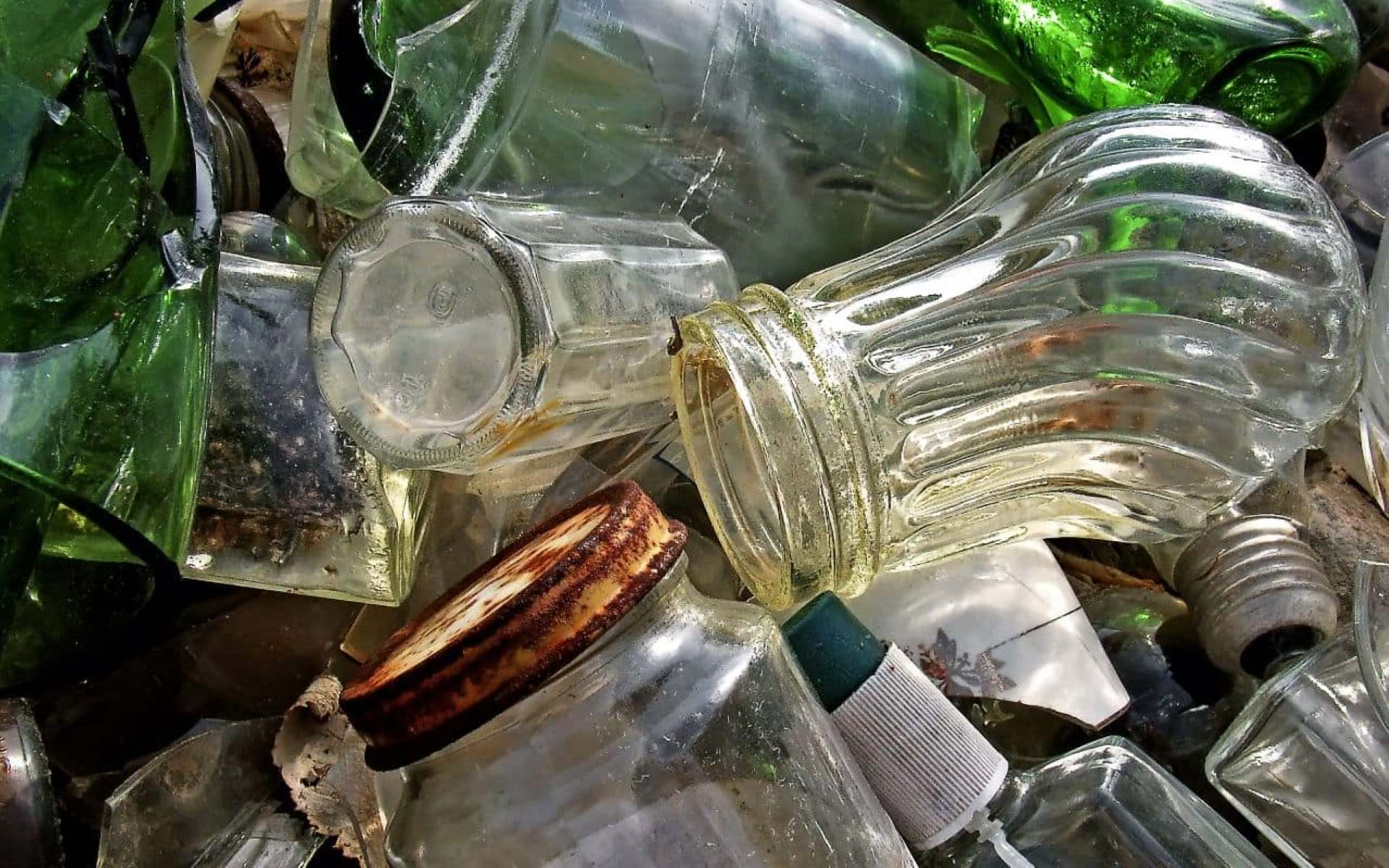
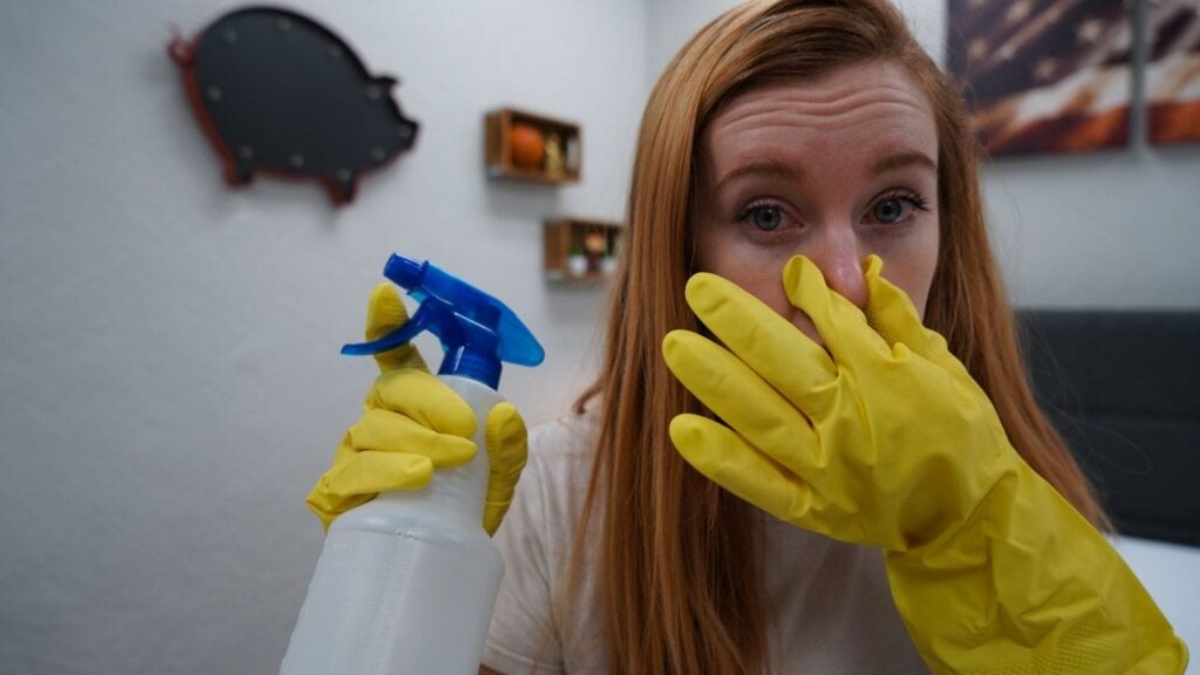
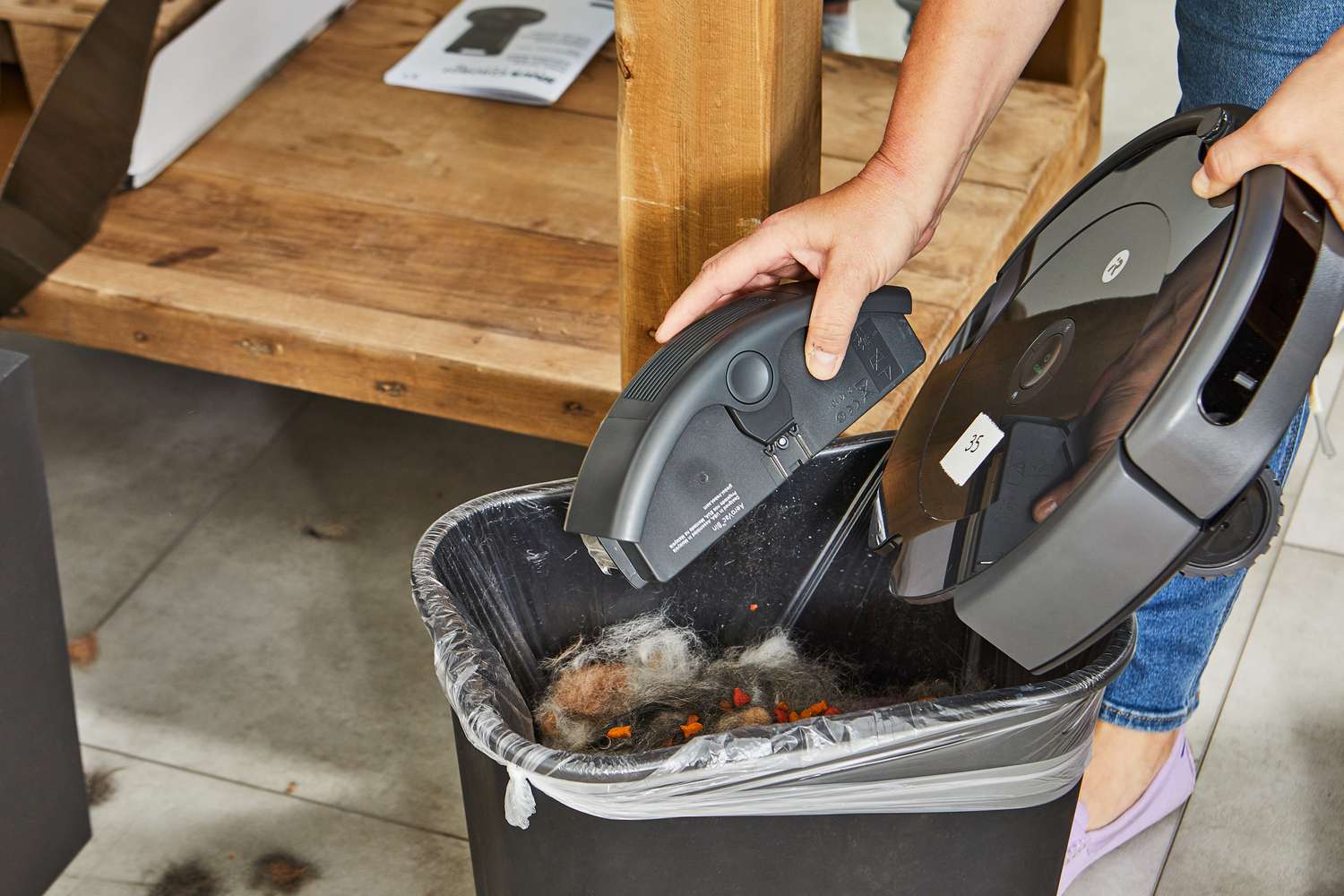
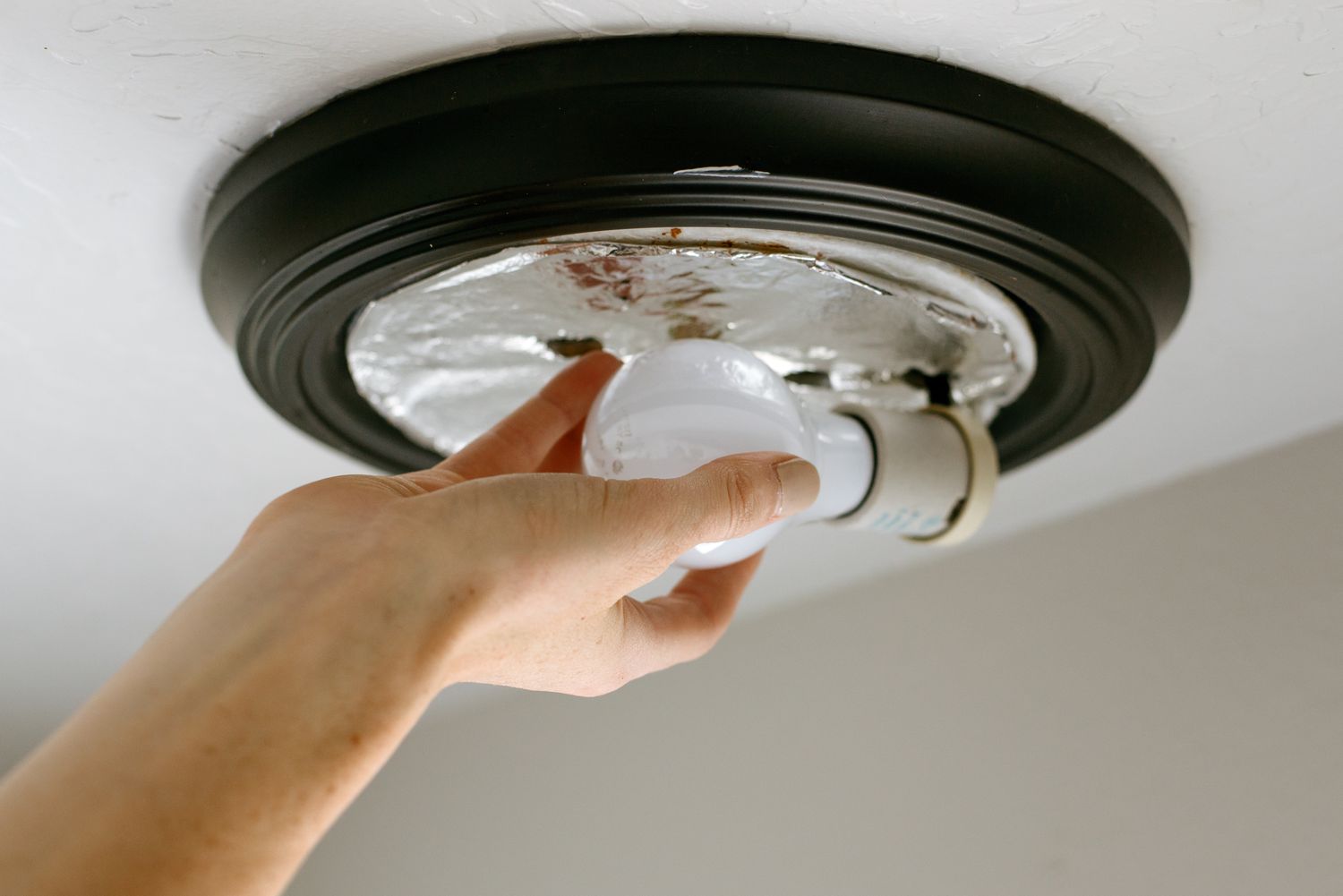
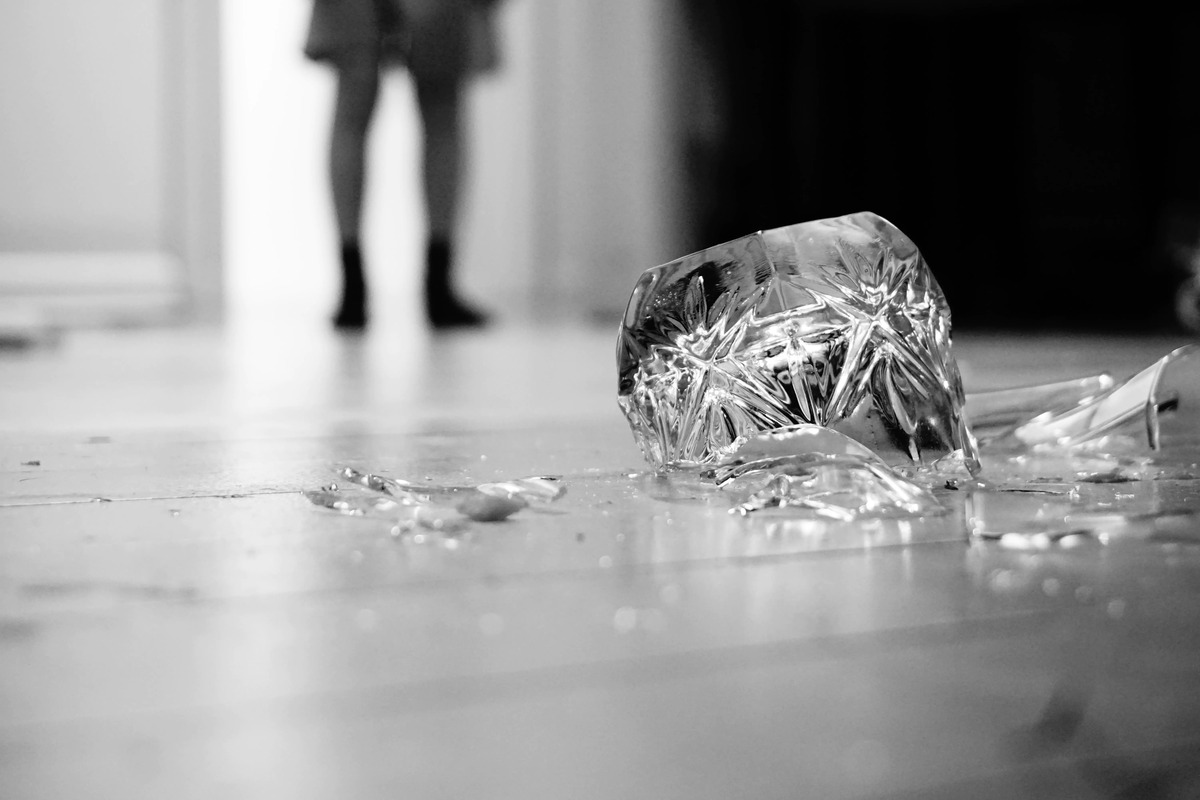
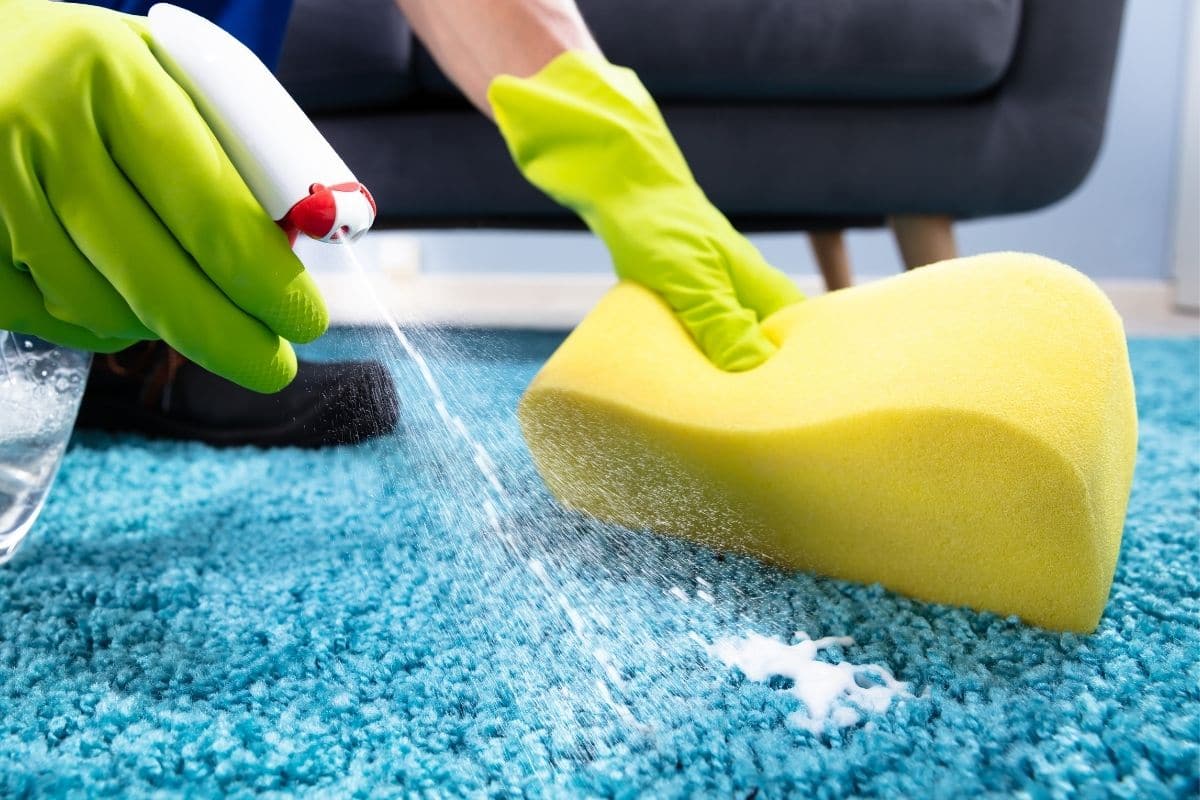


0 thoughts on “How To Throw Out Broken Glass”